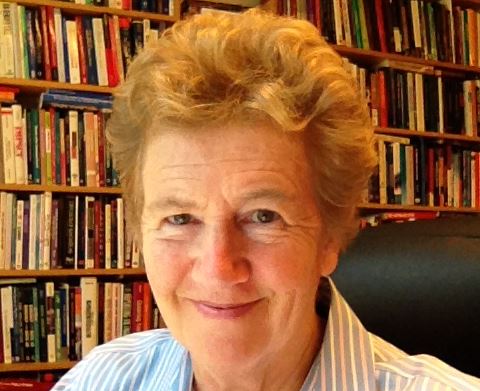Ronald Inglehart and Pippa Norris here offer detailed research on the place of religion in modern societies across the world. They point to a seemingly confusing picture. First, during the last century people in industrial societies have grown more secular. Second, ‘The world as a whole now has more people with traditional religious views than ever before – and they constitute a growing proportion of the world’s population’ (p. 29). If one takes into consideration religion’s impact on fertility rates (that is, religious people tend to have more children, particularly in the least developed regions), it seems the secular world view will dwindle to a lower proportion of the world population.
Inglehart and Norris test six hypotheses: first, religiousness is negatively correlated with material security (the more secure a society is, the less religious it is); second, religious traditions wane in post-industrialized societies; third, this has resulted in fewer religious practices (such as going to church); fourth, higher religious participation puts pressure on the electorate to support religious parties; fifth, poor societies have more religion and higher fertility rates; and sixth, the supply of religion correlates with religious participation.
The authors arrive at three conclusions: first, human material security is rising, and thus, in the societies where this is the case (the developed industrial world) secularization is also rising; second, because religious societies have higher birthrates than secular societies, the world, in general, is becoming more religious; and third, they predict that the gap between the secure-secular societies and the insecure-religious societies ‘will have important consequences for world politics, raising the role of religion on the international agenda.’
The argument is summarized as follows: Existential insecurity causes people to seek religion for consolation. As existential security increases religion declines, and secularization advances. Insecure societies will, then, attempt to react against the changing norms around them. In other words, insecure societies will force their religious beliefs into the international arena (e.g. Uganda’s ‘Kill the Gays’ bill). As the old doctrines and superstitions crumble, their advocates will lash out in their defence. The deeply worrying thing for us all, is that they will lash out with weapons of mass destruction.
Sacred and Secular is 14 years old, but the methods of Inglehart and Norris and their findings still hold up to scrutiny. Should you be discussing what the future looks like at a dinner party, the evidence and arguments from this work are useful to bring up.
Read this alongside The End of Faith: Religion, Terror, and the Future of Reason by Sam Harris (which was similarly first published in 2004)
Available here (https://www.amazon.co.uk/End-Faith-Religion-Terror-Future/dp/0393035158/ref=tmm_hrd_swatch_0?_encoding=UTF8&qid=1518255546&sr=8-3)
Check if this influential work of social research is in stock at your local library by consulting the online catalogue at https://www.sllclibrary.co.uk/cgi-bin/spydus.exe/MSGTRN/OPAC/BSEARCH
348 pages in Cambridge University Press
First published 2004
ISBN 978-0521839846

Pippa Norris


